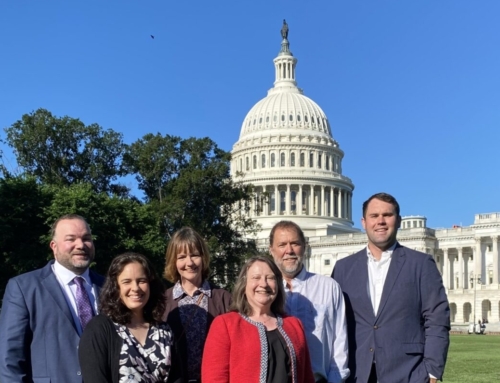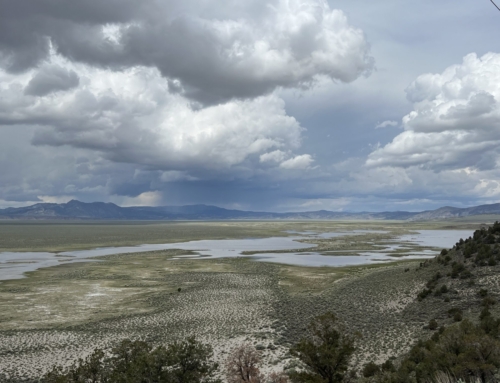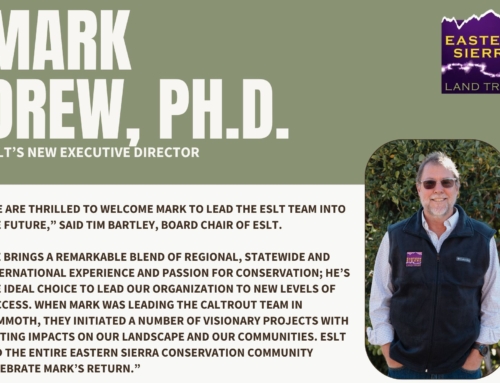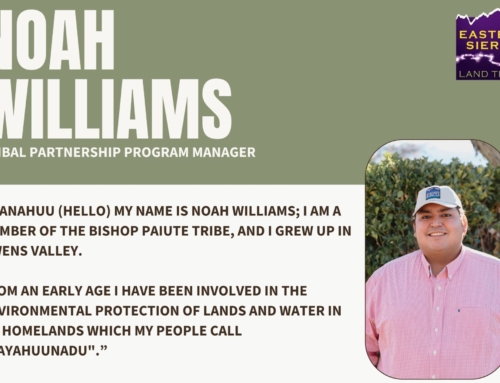The greater sage-grouse has been in the news a little bit lately, and is likely to be getting quite a bit more attention in the next few years. These interesting birds are the largest grouse to occur in North America, and their unique appearance (who doesn’t love a bird with yellow eyebrows) and courtship displays have made them a favorite amongst folks who are willing to brave freezing pre-dawn spring mornings for a good look. In 2010 the U.S. Fish & Wildlife Service determined greater sage-grouse to be a Candidate for Endangered Species status that “warranted” special status under the Endangered Species Act (ESA), but was “precluded” due to higher priority listing actions. The matter is set to be re-visited in 2015. Although the Service’s findings certainly brought more attention to the bird, biologists with local agencies have long recognized the importance of the species and have been working hard for years to study known populations and identify and implement management actions designed to benefit this species either seeking to maintain populations that are doing well, or manage threats in places where populations are less steady.
Here in California, the grouse have not received as much attention as it has in some other western states since the bird’s habitat requirements limit its distribution to the high desert to the east of the Sierra. What some folks may not know is that our local populations of sage grouse have been determined by the Service to be a Distinct Population Segment (DPS) in California and Western Nevada that warrants listing under the ESA, independent from greater sage grouse in other areas, and that the status of these local grouse is being reconsidered much sooner, in September 2013.
At the Land Trust we have been impressed by some of the interesting partnerships that have come about as a result of the attention the greater sage grouse has received. Some private landowners, particularly those who make their living from grazing livestock, have voluntarily agreed to work with agencies such as the Natural Resource Conservation Service, Bureau of Land Management, and Fish & Wildlife Service to implement projects and land management strategies designed to both increase their range production and also improve habitat for grouse. There is also a lot of buzz about permanent land conservation, utilizing conservation easements on private lands as a tool to preserve important habitats used by grouse. In fact, we are in early conversations with several interested landowners regarding potential projects and will be sure to let you all know when something comes together.
If you are interested in learning more about the current status of the grouse, what has been accomplished for these birds, and what is proposed, be sure to take a look at the recently released Bi-State Action Plan for Conservation of the Greater sage-grouse.
Article by Aaron Johnson, ESLT Lands Director
Drawing by John Muir Laws, www.johnmuirlaws.com







Great article, Aaron, and nice links to some great photos! Thanks.
[…] high elevation irrigated pasture grazed by livestock, as well as very important habitat for the bi-state population of greater sage grouse, Sierra Nevada bighorn sheep, and many other wildlife species. The property which is almost […]